Dog owners know that seasonal shedding is an inevitable part of life with their furry friends, but what exactly is shedding season for dogs? Why do dogs shed more during certain times of the year, and what can you do about all the loose hair around your home? This guide dives into the reasons behind shedding, the breeds most affected, and practical tips to manage the hair storm while keeping your dog comfortable and healthy.
Why Dogs Shed
Shedding in dogs is a natural and healthy process. Just like human hair grows and falls out, a dog's fur transitions through cycles of growth, rest, and shedding. These cycles help maintain a healthy coat by replacing damaged hair and regulating a dog’s body temperature.
Dogs shed fur to make room for new growth and to prepare for seasonal changes. For example, dogs often need a thicker winter coat for insulation during colder months, which is eventually shed as warmer weather arrives.

What is Shedding Season for Dogs?
Shedding season refers to the periods during the year when most dogs experience heavy shedding. This typically happens twice a year, in spring and autumn. During these peak shedding times, dogs shed fur to transition between their warm, dense undercoat for winter and a thin coat for summer.
Spring Shedding
Spring shedding peaks when warmer weather begins, prompting dogs to shed their winter coats in preparation for summer. Expect more loose fur during this time as your dog’s coat adjusts.
Autumn Shedding
As temperatures drop, a dog’s fur thickens to create a protective barrier against the chill. This seasonal shedding usually involves shedding damaged hair from the summer coat to make way for a lush undercoat.

Which Dogs Shed the Most?
Double-Coated Breeds
Dogs with double coats, such as Golden Retrievers, Siberian Huskies, and Border Collies, are known to shed heavily during seasonal transitions. These breeds have a dense undercoat for warmth and a coarser outer layer of guard hairs.
Long-Haired Breeds
Breeds like Afghan Hounds and Shih Tzus may not shed as much, but their loose hair can tangle and lead to mats if not groomed properly.
Short-Haired Breeds
Even short-haired dogs like Boston Terriers can shed year round, although the amount of fur is often less noticeable.

What Causes Excessive Shedding?
While seasonal shedding is normal, excessive hair loss may signal an underlying issue. Common causes include:
-
Skin issues such as inflamed skin, dryness, or flaky skin
-
Health issues like kidney disease or hormonal imbalances
-
Allergies causing excessive scratching
-
Nutritional deficiencies affecting hair growth and overall coat health
If your dog is shedding excessively or showing signs of bald patches and skin irritation, consult your vet to rule out abnormal shedding patterns.
Managing Shedding Season for Dogs
1. Regular Grooming is Key
Groom your dog regularly to remove dead hair and reduce loose fur around your home. Use the right tools for your dog’s coat type:
-
Bristle brushes for short-haired dogs
-
Undercoat rakes for double-coated breeds
-
Deshedding tools for long-haired breeds
Not only will this keep shedding under control, but it also promotes healthy skin by distributing natural oils.
2. Bathe Your Dog Strategically
Bathing can loosen dead hair and minimise shedding, but don’t overdo it. Too much bathing can strip your dog’s coat of its natural oils, leading to damaged hair and skin irritation. Use a dog shampoo designed to support coat health.
3. Feed a Healthy Diet
Nutrition is a major factor in maintaining a healthy coat. Feed your dog high-quality food rich in omega-3 fatty acids, which support hair growth and reduce shedding. Hydration is also crucial for preventing dry skin.

4. Control Loose Fur Indoors
Despite your best efforts, some fur will still end up in your home. Use lint rollers, rubber gloves, and vacuum cleaners with pet attachments to keep surfaces fur-free. For furniture, consider covers that are easy to wash.
5. Address Skin Issues Promptly
Monitor your dog for signs of abnormal shedding like excessive scratching, bald patches, or inflamed skin. These could indicate allergies or other health issues that require a vet’s attention.
6. Keep Your Dog Comfortable
Frequent brushing during heavy shedding not only reduces fur but also prevents mats and helps regulate your dog's body temperature. Engage your dog in outdoor activities to minimise shedding indoors and improve circulation for better coat health.

How Much Hair is Normal?
Every dog is different when it comes to shedding. While double-coated dogs tend to shed heavily, other breeds may shed consistently in smaller amounts. Use shedding patterns and seasonality as a guide, and consult a professional if your dog seems to experience excessive hair loss outside of shedding season.
Addressing Unusual Shedding Patterns
If your dog’s coat suddenly changes or you notice large amounts of hair loss, investigate potential causes such as stress, hormonal changes, or health issues. Early intervention can prevent more serious problems down the line.
Celebrating Shedding as a Natural Process
Remember, shedding is a natural and healthy process that contributes to your dog's overall well-being. While it might feel daunting, a little preparation and care can make shedding season much more manageable.
For pet parents, this is also an opportunity to strengthen the bond with your dog through regular grooming and attention. Focus on keeping your furry friend happy, comfortable, and healthy all year round.

Take Control of Shedding Season
Seasonal shedding refers to a necessary part of your dog’s life, but with the right strategies, you can keep your home tidy and your dog comfortable. By providing proper care and maintaining routines, shedding doesn’t need to become a frustrating chore.
If you’re looking for more tips on managing shedding in dogs or want to explore the best grooming tools for your pet, check out our other guides for helpful insights.

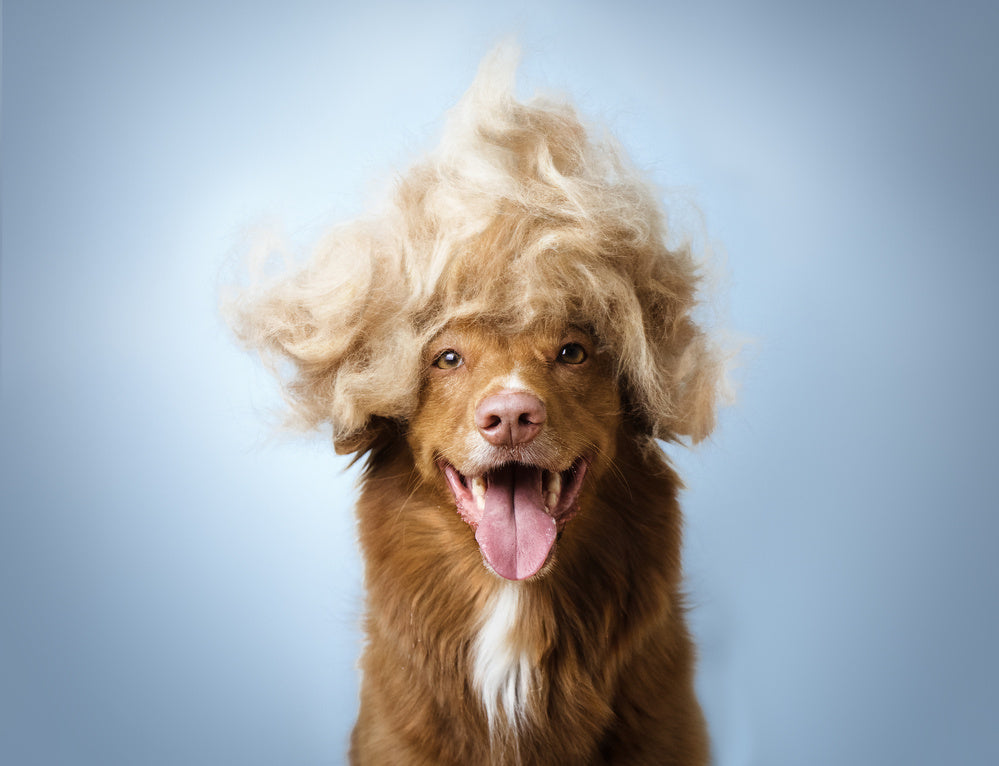

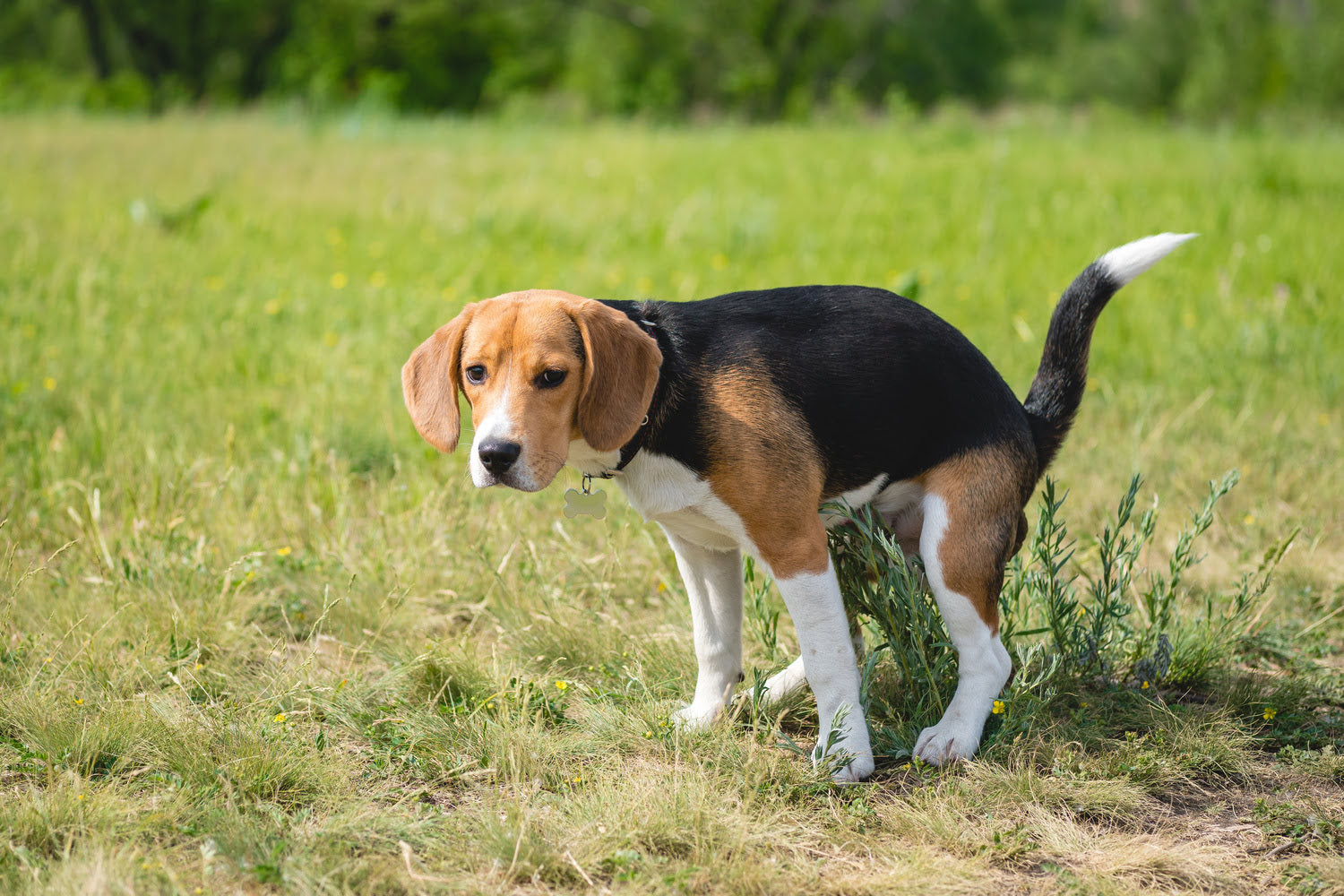
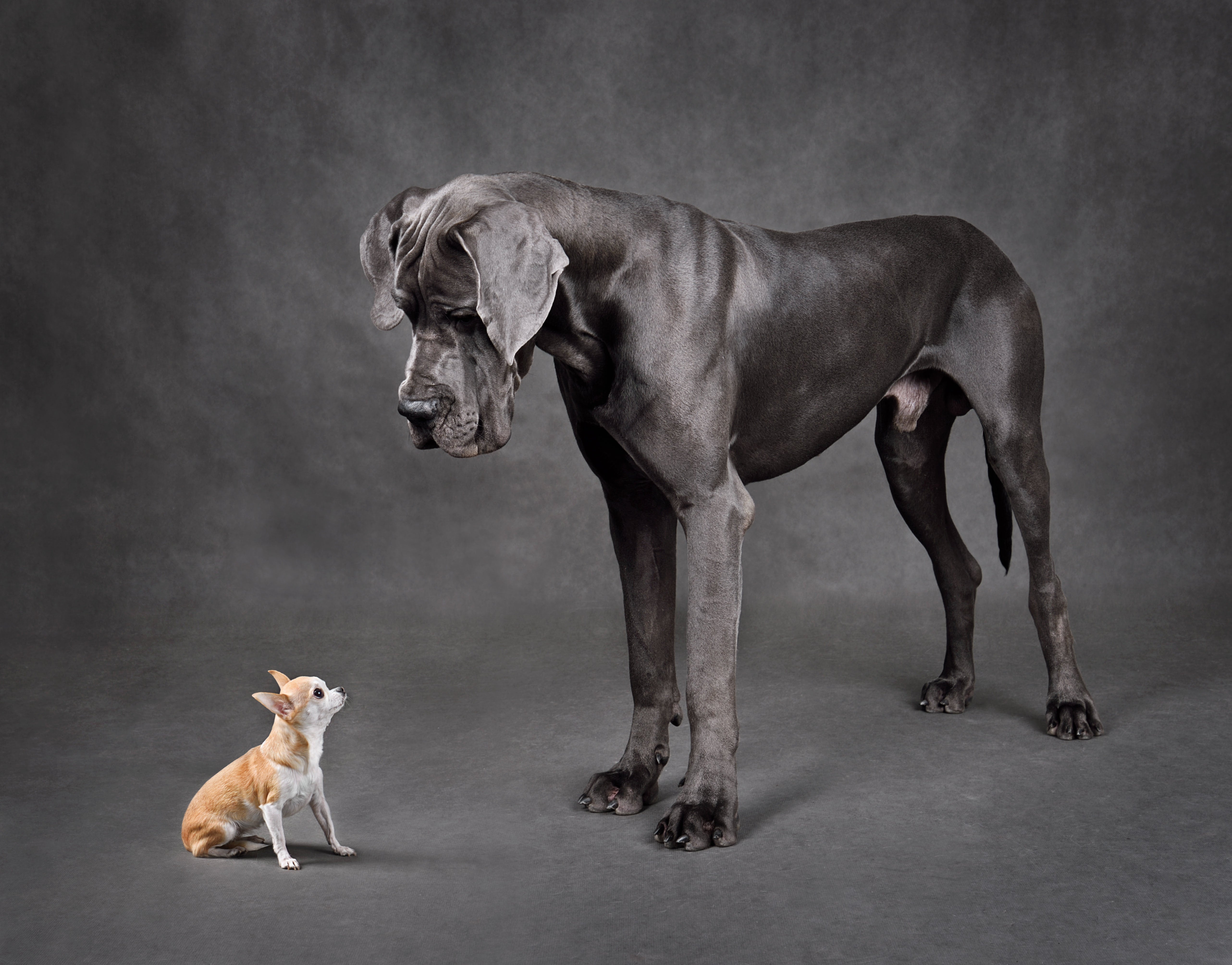
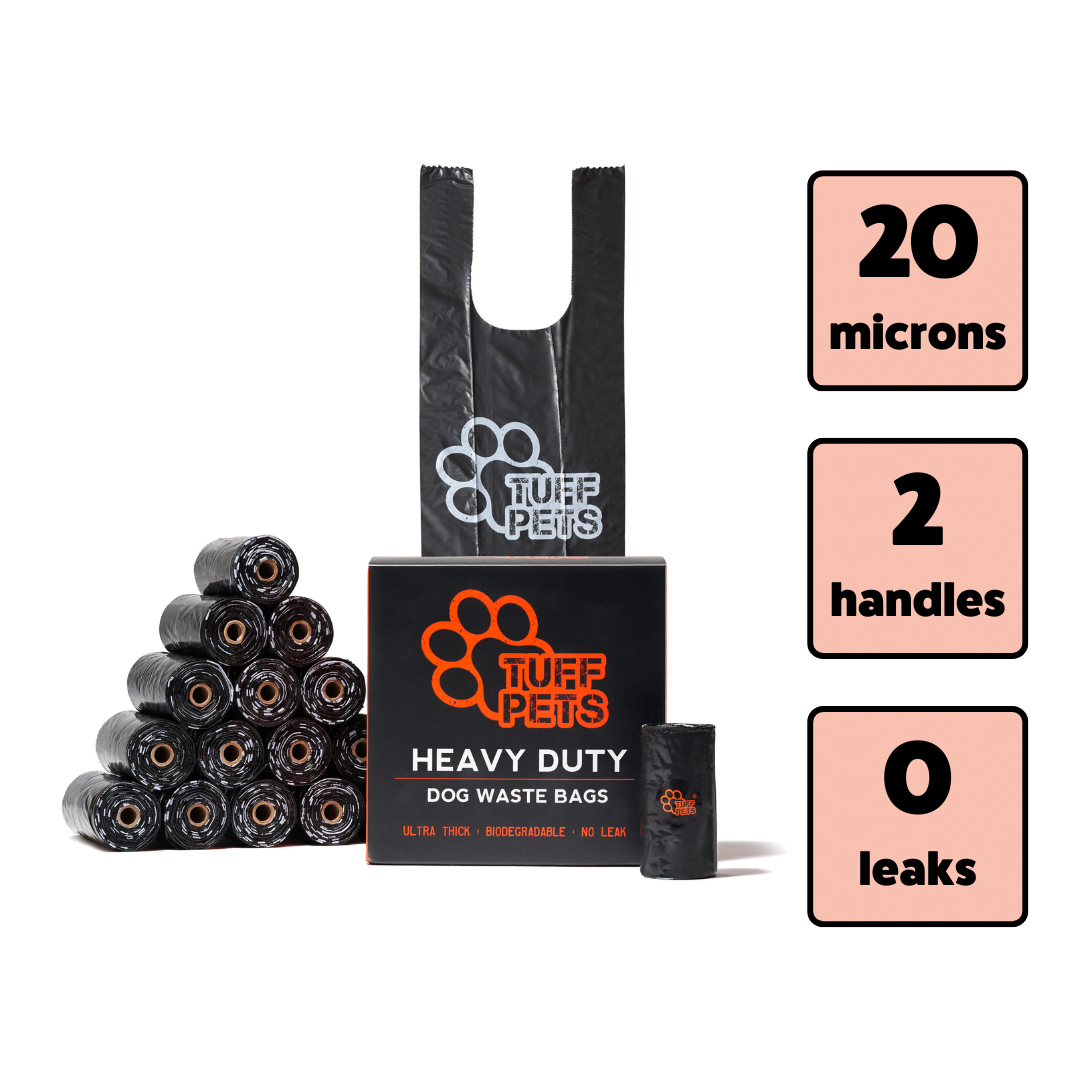


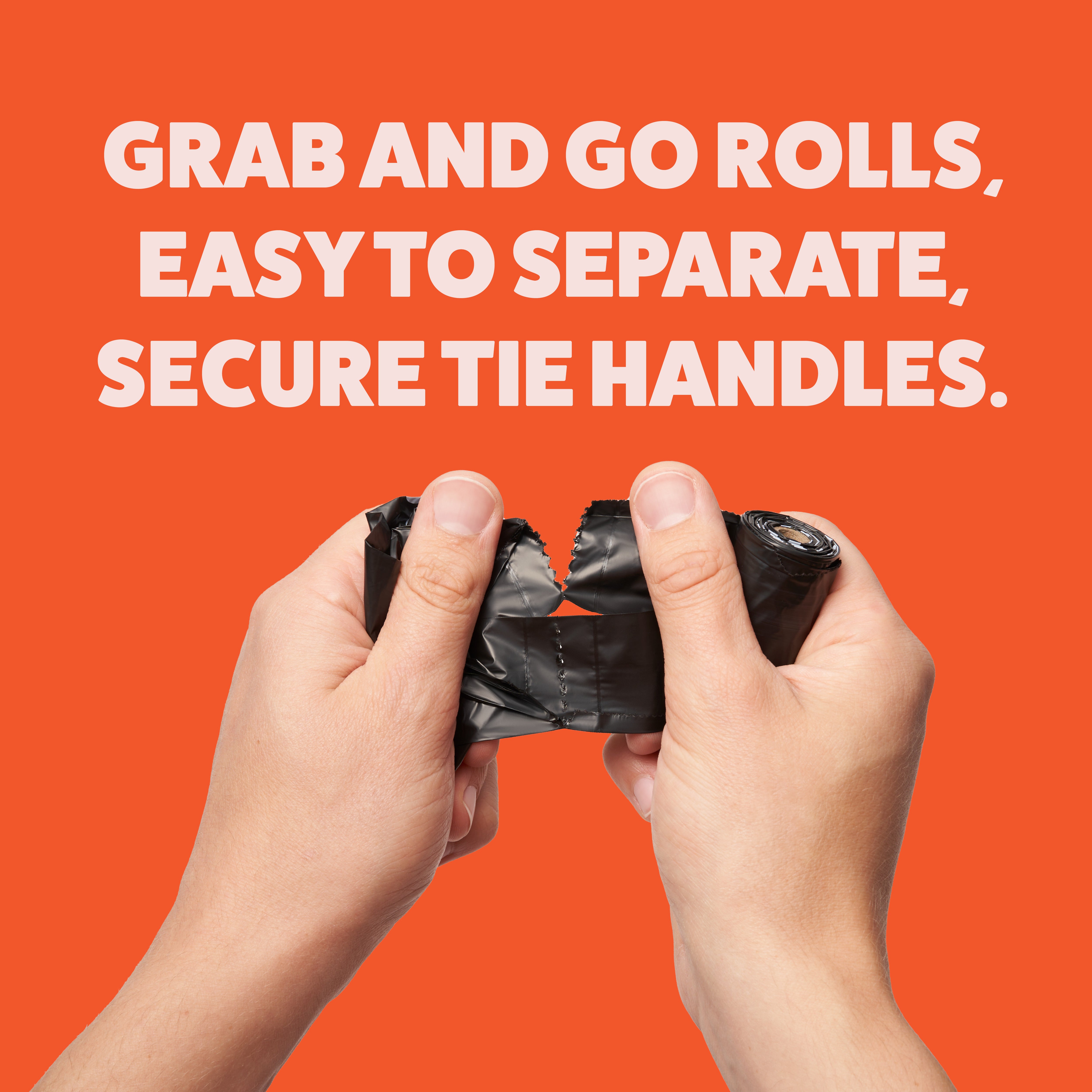



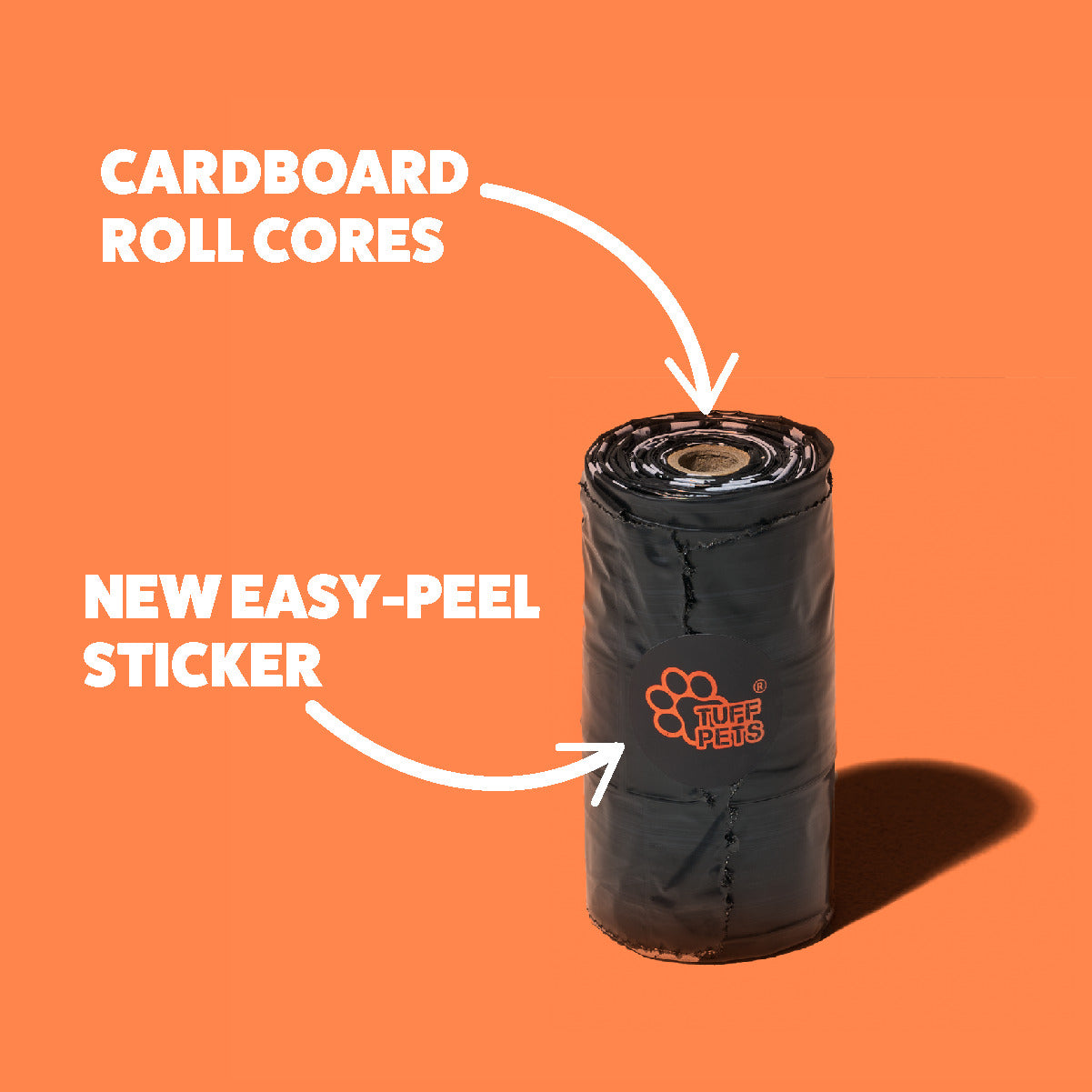
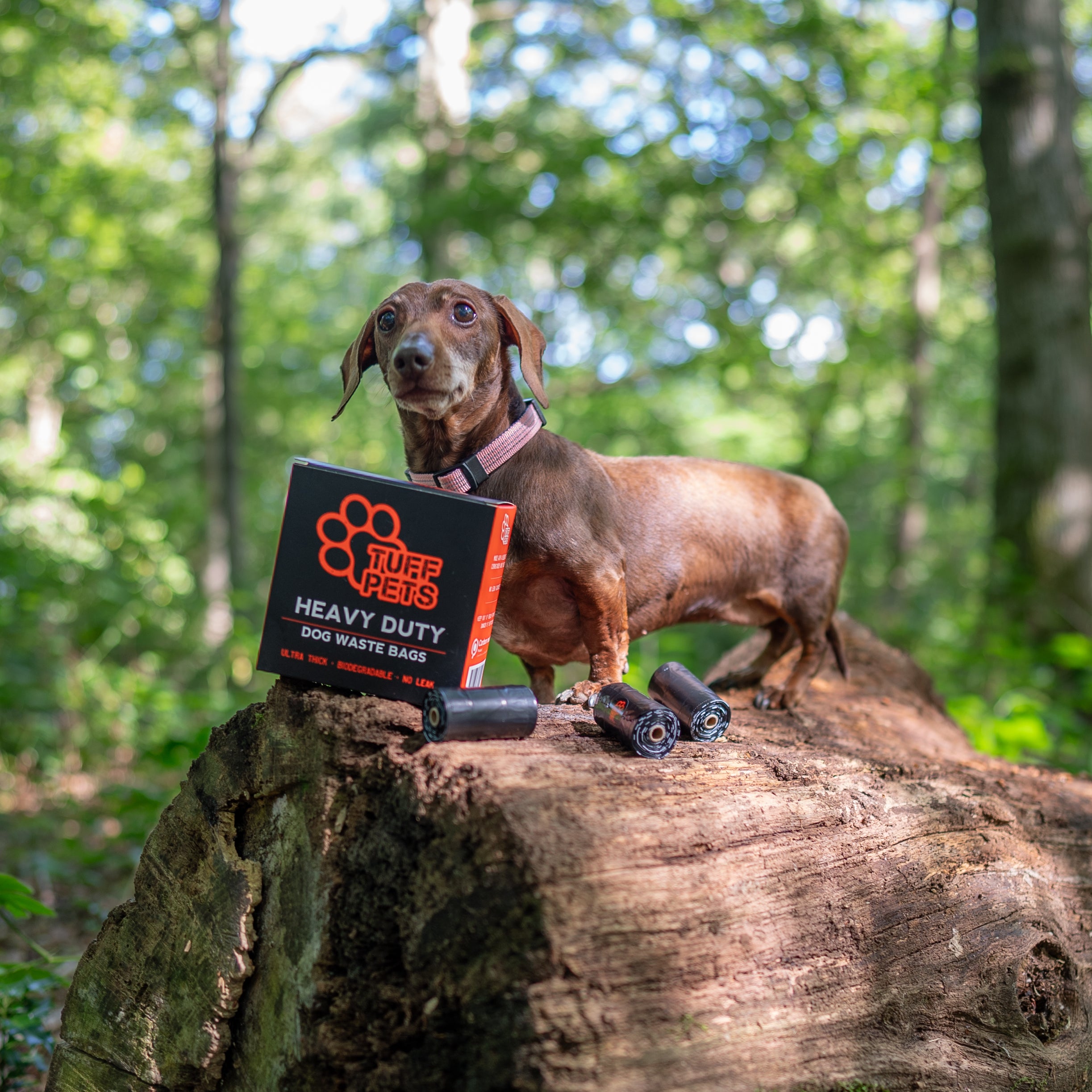

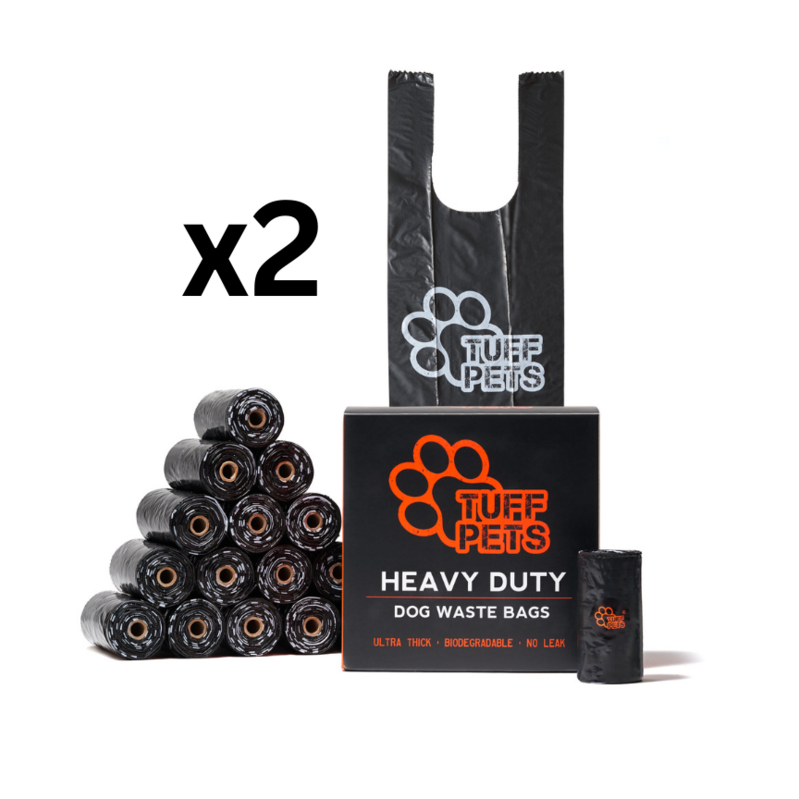
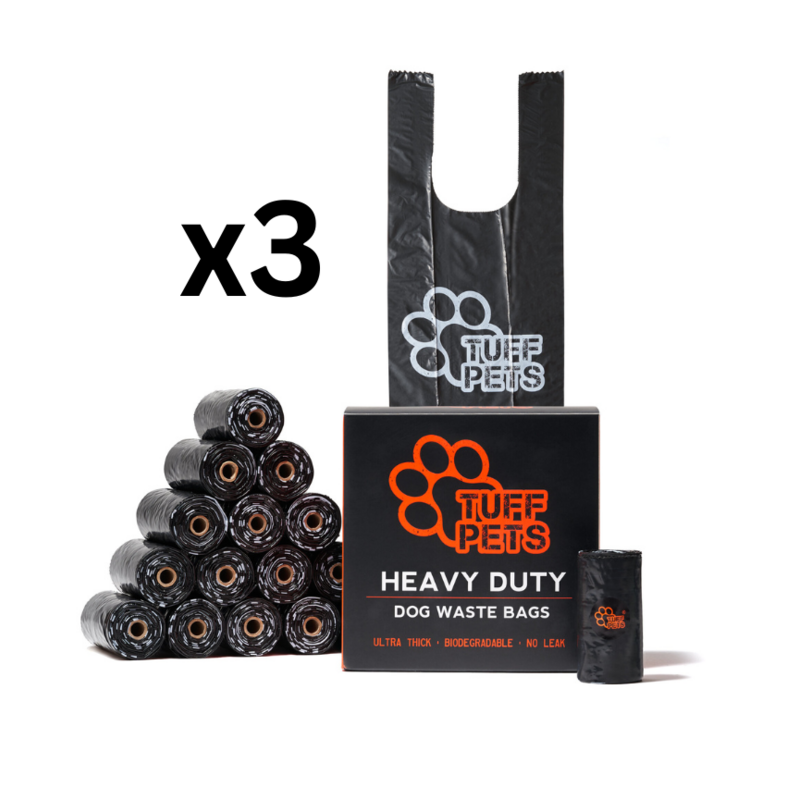

Share:
Why Does My Dog Put His Paw on Me? Decoding Your Dog’s Actions
Why Does Your Dog Roll in Grass? Understanding the Behaviour and How to Manage It